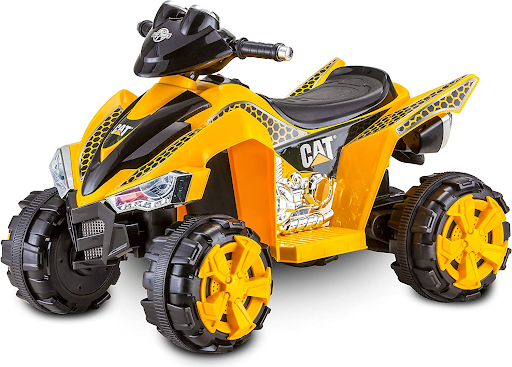To understand how an electric ATV works, you need to know about its power source. Most electric bikes are powered by a battery. But how does the rechargeable battery work? And what are the advantages of an electric bike? Here are a few details you should know. Read on to find out more! Posted below are some of the features that make an electric bike different from a traditional ATV.
Battery power
There are numerous advantages to owning an electric ATV. First of all, these vehicles have fewer parts and do not need to be recharged. They are also more cost-effective in the long run. There are no fuel or engine systems to maintain, and the electric motor replaces the entire system. This means that they require less maintenance than gas-powered ATVs. Battery power is also more environmentally-friendly. Aside from being more cost-effective, these vehicles are much easier to maintain.
The battery power is also more durable, requiring no water and no spills. They are also more shock-absorbing, which means that they last longer. This is a great benefit for those who ride on rough terrains. Another advantage of an electric ATV is that they can be used in agricultural settings. However, they cannot be used anywhere where there is no electrical outlet. If you plan on riding for several hours a day, battery power will make your life a lot easier.
Disc brakes
Disc brakes are the preferred choice for many electric ATVs. They are much easier to operate than drum brakes. During braking, the rider squeezes brake fluid through brake lines to activate the brake shoes. When the rider applies pressure to the brake lever, the brake shoes will push against the brake drum or disk and slow the wheel. Disc brakes have two different types of braking systems: hand lever-operated and automatic. Hand lever-operated disc brakes activate brake callipers on all four wheels. Disc brakes work by forcing brake fluid against a steel disc. Disc brakes slow down a speed while drum brakes do not.
Different electric ATV models utilise different braking systems. Early models of ATVs utilised drum brakes. The disc-style brakes found on modern ATVs are more reliable, durable, and resistant to wear. Electric ATVs also have 2 major types of rear suspension systems: single shock-style systems are found on beginner ATVs, and swing-arm-style systems are common in high-performance ATVs.
Best Electric ATV: https://lumbuy.com/best-electric-atv-and-4-wheeler-for-kids/
Rechargeable battery
Rechargeable batteries don’t last forever. They usually last one to three years, depending on use and conditions. The original battery for your ATV is made of 6 volts (7 amps), and you should avoid using non-original replacement parts. They should also be recharged after each use. Using a new battery is a good idea if you aren’t going to be riding for long periods of time.
The cost of operating an electric ATV is significantly less than that of a gas-powered one. The battery, in the lithium-ion variety, takes up enough energy to run a six-hour air conditioner, which is equivalent to about twenty cents per hour. However, if you use your ATV regularly, you will probably notice an increase in your electric bill of at least $20. But, the savings over the long term is substantial, and the additional maintenance will make your electric bill lower in the long run.
Stator charging system
To test the electric ATV’s stator charging system, you’ll need a multimeter. A multimeter can detect problems in the stator by measuring the resistance between the two sides of the cable. Make sure you know the proper polarity for your ATV. Then, you can test the ohms of the cables by placing the metre leads on the right connector pins. Mentally number the pin combinations so you can make sure you’re using the correct tester.
While most cars and other vehicles have an alternator to provide power and charge the battery, ATVs and UTVs do not. Instead, they use a magneto system. Magnets on the flywheel pass over wire coils in the stator and charge the battery. The system requires relatively clean air to work efficiently. Electric components in ATVs today are becoming more power hungry, which can put stress on the charging system.

